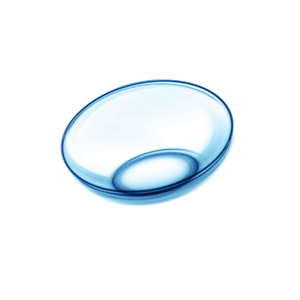Managing Short-Sightedness in Children
Near-sightedness is a common vision problem causing blurry distance vision that usually starts in childhood. The clinical name is myopia.
Myopia is typically caused by family history or lifestyle, or a combination of both. When both parents are myopic, there is nearly a 50% chance the child will also be myopic. Myopia can also be due to today’s lifestyles, like reading, working and gaming on close-up portable devices.
Myopia in children may be signaled by their distance vision getting blurry, squinting eyes, moving closer to the TV, under-performing at school or experiencing headaches. Often times, there are no symptoms at all and that is why regular eye exams are important.
As children grow, their eyes continue to grow, and this is why myopia may continue to worsen. The worsening myopia may negatively impact their everyday life and possibly lead to future eye health problems.
Treatment Options
Vision Correction Options for Children

Regular glasses and contact lenses will help your child see clearly, but they do not slow down the progression of myopia. Your child may continue to need a stronger prescription.
Soft contact lenses specifically designed for children with myopia, like MiSight 1 Day, slow the progression of near-sightedness in children. Learn more: https://vimeo.com/398605852.


Atropine, typically given as eye drops at bedtime, can significantly show the progression of myopia in children, preventing severe near-sightedness.
Ortho-K, a nightly wear contact lens, has been proven to improve eyesight, remedy the shape of the cornea and improve the overall eye health in children.










